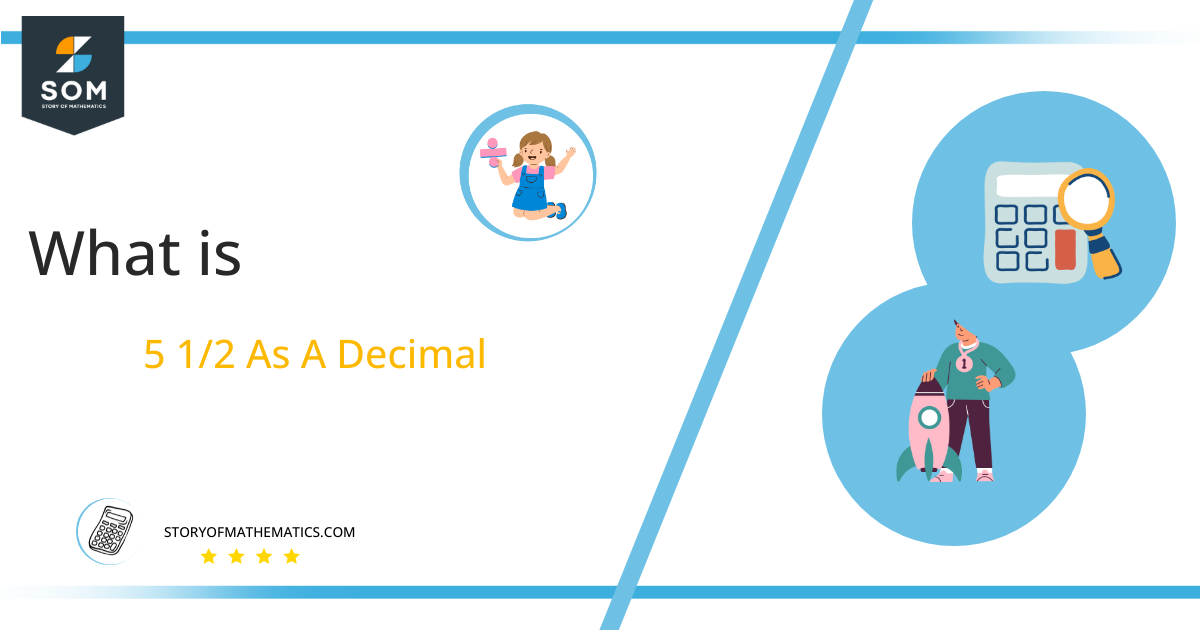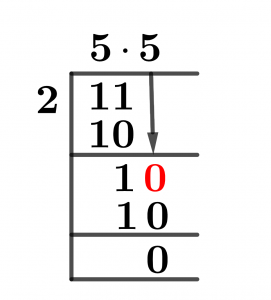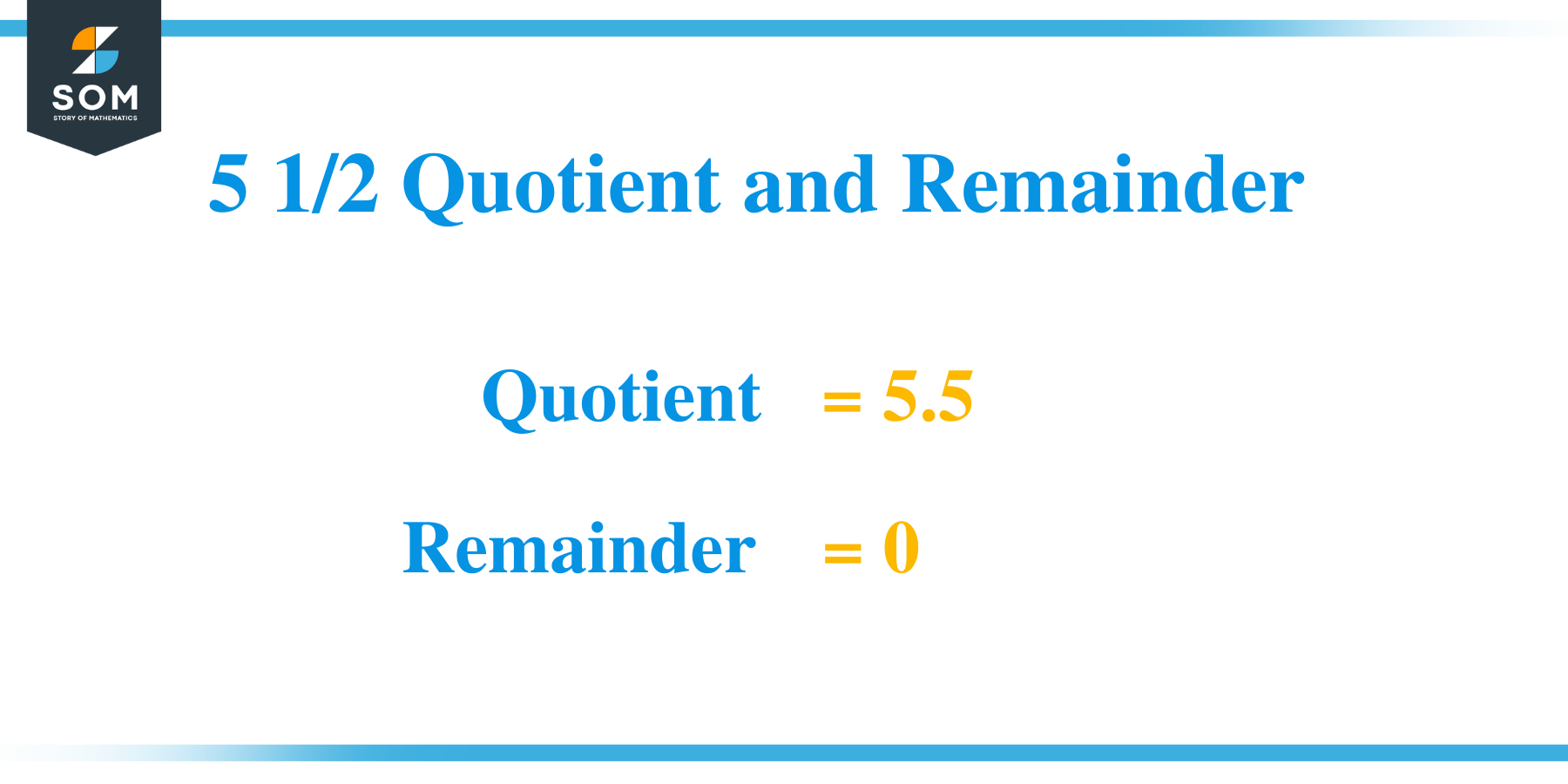What Is 5 1/2 as a Decimal + Solution With Free Steps

The fraction 5 1/2 as a decimal is equal to 5.5.
The number of parts that must be joined to create a single, complete object is expressed as a fraction in mathematics. The Numerator and Denominator, the two separate components of a fraction, are divided to yield the fraction’s answer, which is a whole or decimal number.
Fractions are used to express decimal numbers in terms of integers. However, decimal numbers, as we know, cannot be described as integers because they fall between two.
Proper fractions, improper fractions, and mixture fractions are three different types of a fraction. A fraction of 5 1/2 is a Mixed Fraction. When an improper fraction and a whole number are combined, they form a mixed fraction.
A decimal number, denoted by a decimal point, can represent any value between two whole numbers. The fundamental number part is shown to the right of a decimal point, while the fractional part is shown to the left of the decimal point.
Let us solve the given fraction using a Long division Method.
Solution
To simplify the given complex fraction, its denominator must first be multiplied by a whole number, and then its numerator must be added:
5 + 12 = 11/2
In our case, this is 11/2. We have dividend and divisor here:
Dividend = 11
Divisor = 2
The Quotient is the decimal number produced by this division, which has the same numerical value as a fraction:
Quotient = Dividend $\div$ Divisor = 11 $\div$ 2
If we cannot completely solve a division, we obtain another value known as Remainder. A non-zero remainder value indicates that the numerator has not been completely divided.
The complete method for solving the fraction 11/2 is provided below:

Figure 1
5 1/2 Long Division Method
We need a decimal point whenever the dividend is less than the divisor, which we can get by multiplying the dividend by 10. As a result, if the divisor is smaller, no decimal points are required. As a result, 11/2 is divided as follows:
11 $\div$ 2 $\approx$ 5
Where we have:
2 x 5 = 10
To find our remaining value, subtract 10 from 11:
11 – 10 = 1
It’s important to remember that the decimal point is only used once, and the remainder is multiplied by 10 without any other decimal points in the quotient. This remainder then serves as the dividend for consecutive iterations.
As Dividend 1 is less than 2, so we’ll add a decimal point, make it 10, and divide by 2:
10 $\div$ 2 $\approx$ 5
Where:
2 x 5 = 10
To find our remaining value, subtract 10 from 11:
10 – 10 = 0
We don’t have any remaining value this time. This leads us to the conclusion that fraction 5 1/2 has been resolved with a quotient of 5.5 and no Remainder, indicating that it is a Terminating Fraction.

Images/mathematical drawings are created with GeoGebra.
